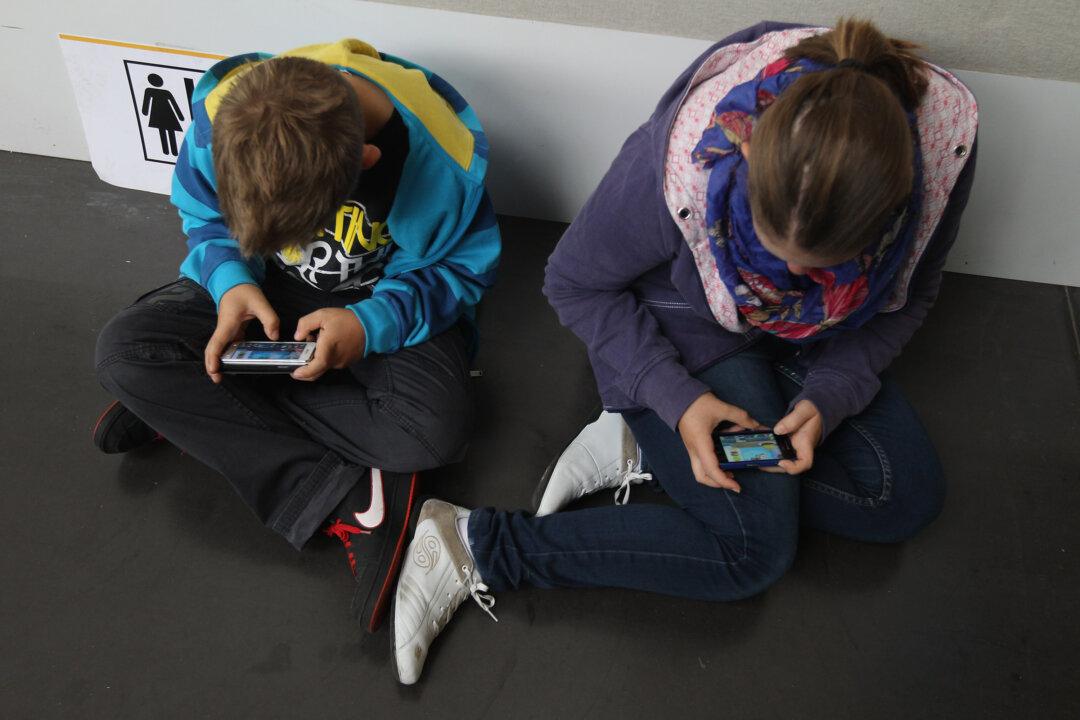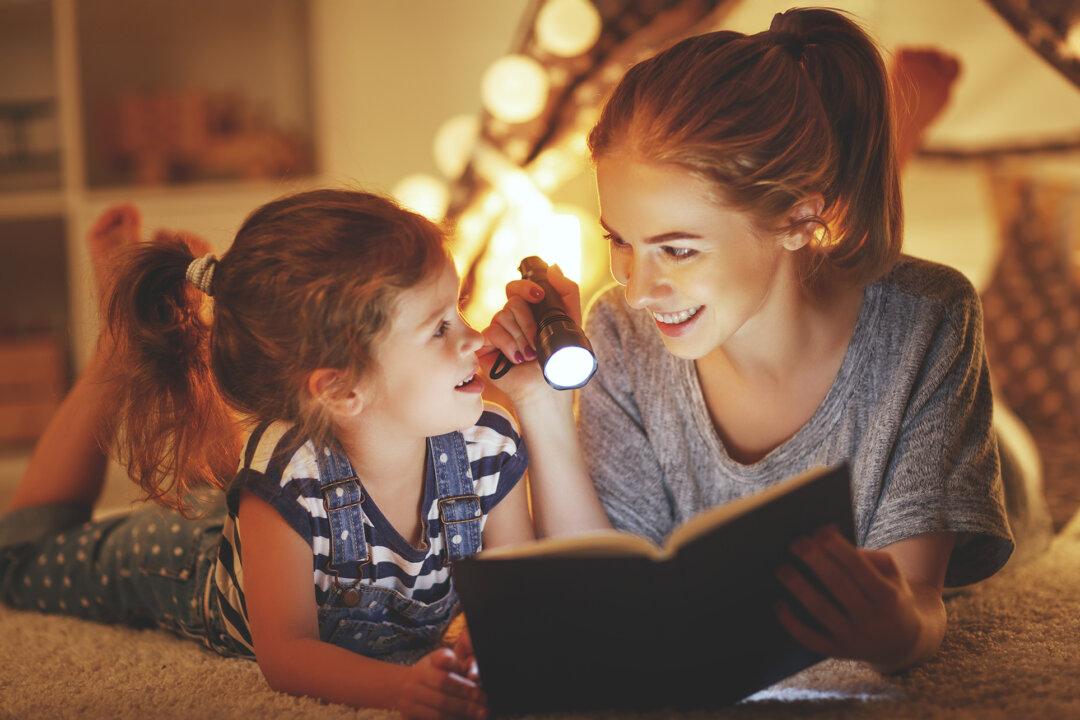Commentary
When reading and math scores came out last month and showed an alarming drop in academic achievement, nobody should have been surprised. What else was going to happen when schools locked down, planted kids in a room at home, and attached them to a screen for six hours per day?





